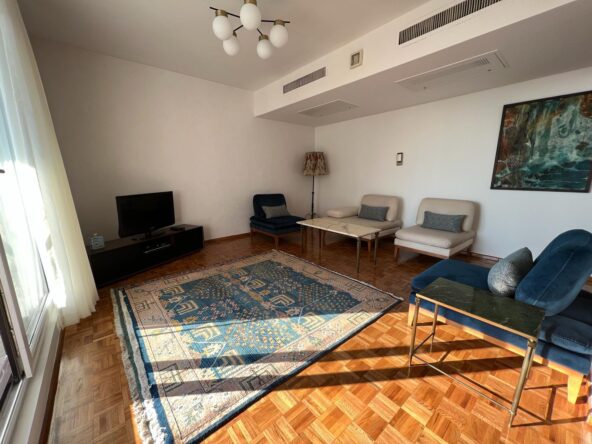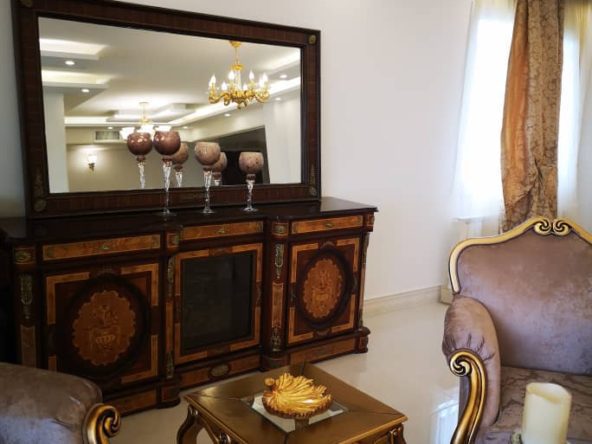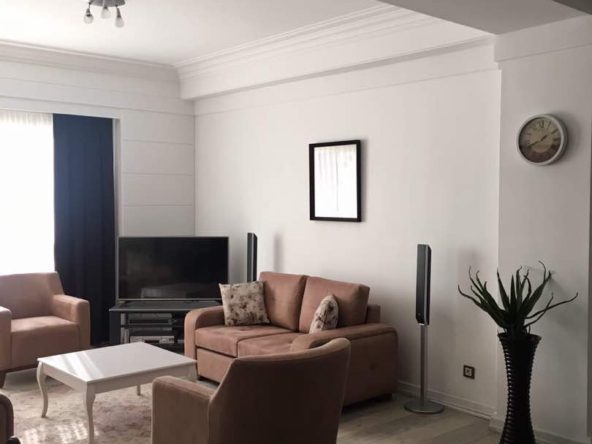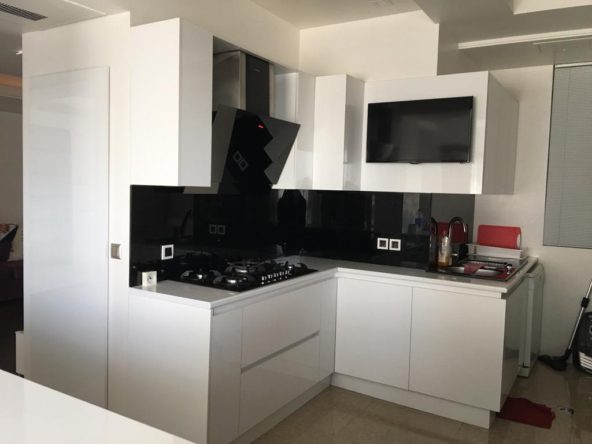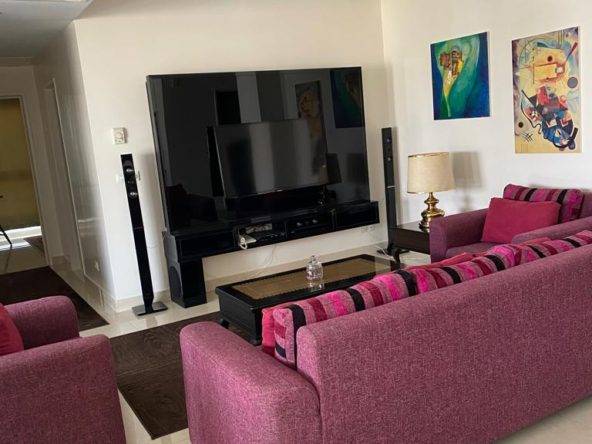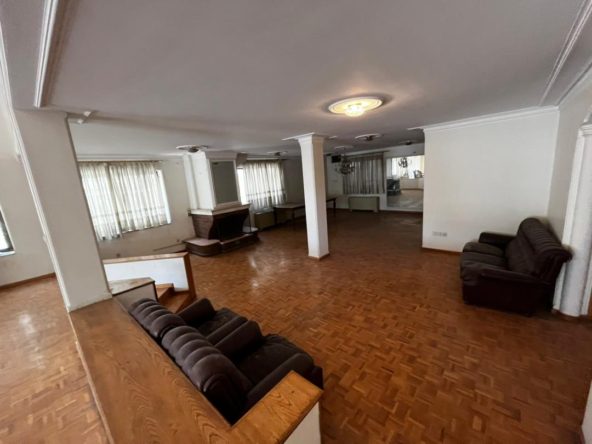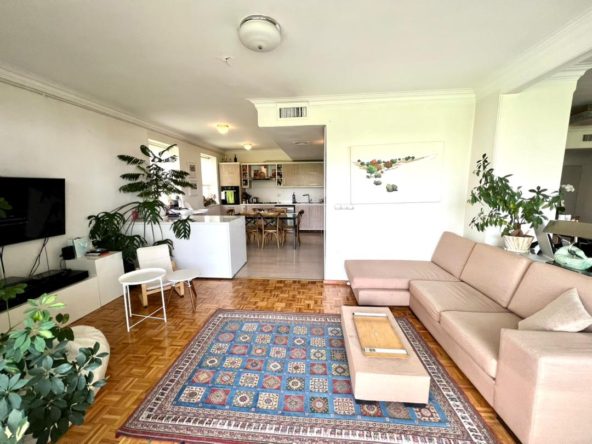Shahrak-e Gharb Neighborhood | What Makes This Region Pleasant for Living
Shahrak-e Gharb; AKA West Town
Shahrak-e Gharb, also known as Gharb Town (West Town) and Qods Town, is a planned town located in the northwestern section of Tehran, Iran. It was constructed as a gigantic project consisting of contemporary and luxurious apartment buildings and villas. Shahrak-e Gharb neighborhood was first built in 1961 based on the model of expensive American suburbs, and now it is regarded to be one of the wealthiest neighborhoods in all of Tehran. It is one of the largest districts in Tehran, and it features convenient access to a number of expressways, such as the Chamran Expressway, the Hemmat Expressway, the Niayesh Expressway, the Sheikh Fazl-Allah Nouri Expressway, and the Yadegar-e-Emam Expressway.
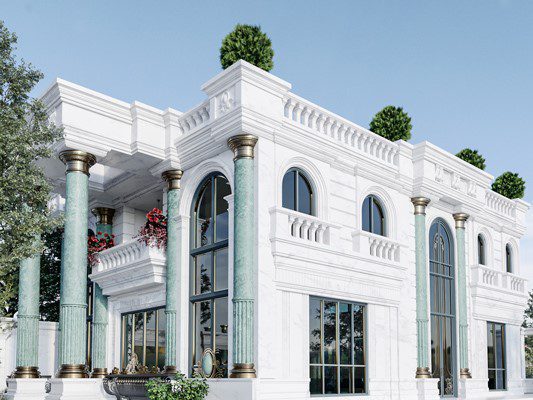
Shahrak-e Gharb neighborhood is also located in close proximity to four major hospitals, and it is home to a number of parks, cinemas, and cultural centers, as well as three enormous and well-known shopping centers.
If you want to rent office in Tehran, You can connect with Tehran Offers.
Where Is Shahrak-e Gharb Neighborhood Located?
The Shahrak-e Gharb neighborhood may be found to the south of Saadat Abad. This community is enclosed by Dadman Boulevard and Modiriyat Boulevard to the north, Hemmat Highway and Sheikh Fazlullah Highway to the south, Chamran Highway to the east, Farahzadi Boulevard, East Ivanak Boulevard, and North Zarafshan Street to the west. The communities of Shahrak Azmayesh, Vanak area, Koy-e Nasr area, Eyvanak community, Darya district, Sepeher community, and Valfajr district are located close to Shahrk-e Gharb.
History of Shahrak-e Gharb
People often have the misconception that the Shahrak-e Gharb neighborhood is a more recent development in the region. This area was constructed in the 1970s by Americans and Westerners, and as a result, this section of Tehran does not have an extensive history. However, we are obligated to point you out that this is wrong. Khordin Boulevard was home to the majority of the people who called it the central part of the Shahrak-e Gharb neighborhood, which is known for its beautiful climate and rich historical background.
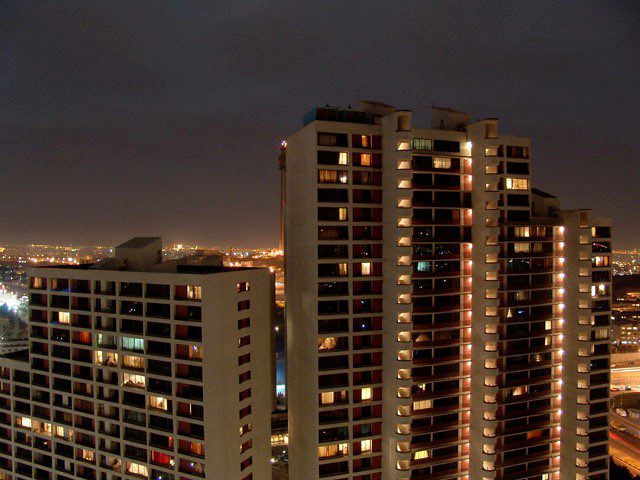
The Darakeh river and the water-filled aqueducts of the area supplied Khordin village, which once was one of the southern neighborhoods of Evin and Darakeh villages. Khordin village was located to the south of Evin and Darakeh villages. Christians have been living in this area since ancient times, and the majority of the people who dwell in Khordin are Christians. Along with other parts of Tehran, like Tajrish and Kan, Farahzad Valley is one of the earliest settlements in the city. It was established at about the same time as Shahrak-e Gharb.
Shahrak-e Gharb During Qajar Dynasty
During the Qajar period, more especially during the reign of Naser al-Din Shah, one of the properties that Mustofi al-Mamalek owned was a place called Deh Khordin, also known as Khordin Village. Astan Quds Razavi’s office in the Shahrak-e Gharb was formerly a magnificent garden that belonged to Mostofi al-Mamalek. Since that time, the office of Astan Quds Razavi in the Shahrak-e Gharb has been placed in the renowned garden that Mostofi al-Mamalek once owned. This location was known as “Khordin,” which means the hill and height of the earth, the estuary, or the sun. The Bagh Arbabi and Khordin Aqueduct are two examples of the cultural and historical legacy that can be found in the Shahrak-e Gharb neighborhood.
If you want to rent building in Tehran, You can connect with Tehran Offers.
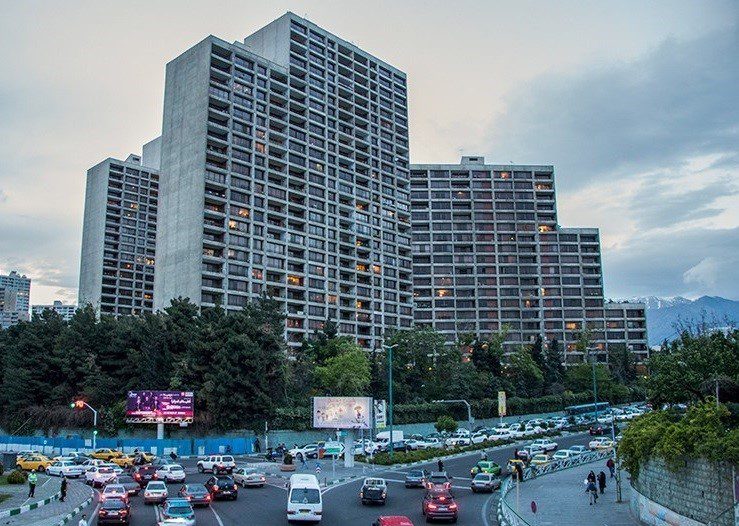
Urbanization of Shahrak-e Gharb
Urbanization in Shahrak-e Gharb started in 1970. A great deal of land that was formerly located on the edges of ancient Tehran has now been annexed by Tehran’s residential districts. In the 1960s, Shahrak-e Gharb was one of the neighborhoods that was on its way to becoming one of the most important districts of Tehran. The lands of the Gharb village were partitioned and distributed among the inhabitants, and the Gharb settlement started to progress in the direction of urbanization.
The decade of the 1970s saw the introduction of western engineers into the building of the Shahrak-e Gharb. Because of this, the neighborhood that is now known as Shahrak Gharb was given its name, and it has been recognized by this name right up to the present day. Gharb in Persian means “the West.”
Amenities and Facilities In Shahrak-e Gharb
During the 1980s, there was just a single retail complex in the area, and it was called Mini Bazaar. A few years after the end of the Iran–Iraq War, construction of the Golestan Shopping Center got underway. In 1978, Jordan Gruzen Architects were the ones to design it, and another American business by the name of Starrett was the one to build it, even if certain portions were never finished. This region is home to a number of up-to-date retail complexes, the most notable of which are Golestan, Iran Zamin, and Milad-e-Noor.
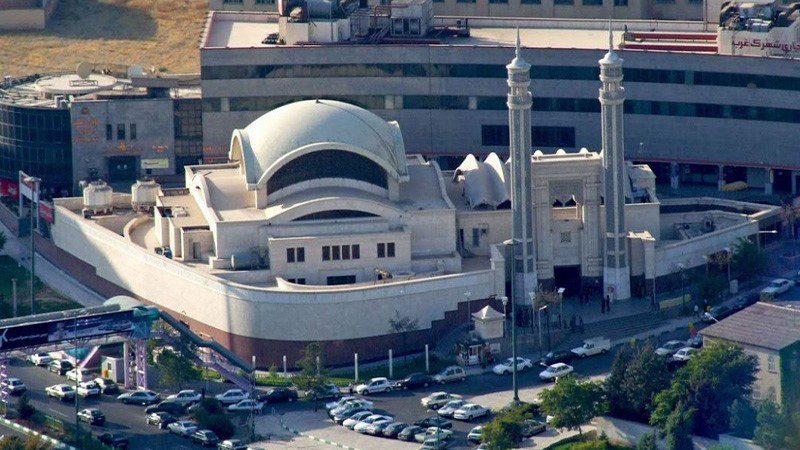
Milad Tower Is At Your Sight
Just outside the district’s borders is where you’ll find Iran’s highest skyscraper, the Milad Tower, which measures 435 meters in height from its base to the top of its antenna.
Bahman Hospital
The Islamic medical group of the sanitary medical company began construction of Bahman hospital on the 22nd of Bahman in 2001. The hospital was located in Iran Zamin Street, Shahrak-e Gharb, and had a total floor area of 18000 square meters, with four hospitalizing floors on the ground and two basement floors. The hospital was completed in 2007. In the month of Mordad in the year 2008, it was opened in the presence of the Islamic Parliament of Iran after the hospital had been completely furnished with 120 beds plus 200 official beds.
If you want to rent short term apartment in Tehran, You can connect with Tehran Offers.
Atieh Hospital
Dr. Khalil Alizadeh, who specializes in orthopedic and hand surgery, came up with the concept of building a private hospital in Tehran for the purpose of treating patients and wounded persons who are dealing with orthopedic issues. He had previously been granted preliminary approval from the Ministry of Health to establish a restricted surgery center that would be known as the Tehran Restricted Surgery Center. He then penned a letter requesting that the restricted surgery center be converted into a specialized hospital, to which he gave his consent.
A building that is 24000 square meters in size and has 12 stories. This hospital first opened its doors on February 6, 1998, with the mission of delivering high-quality care in a timely manner across the whole spectrum of medical specialties. The managers, physicians, nurses, and other staff members of the hospital, who collectively are referred to as the Atieh family, have made the principle of promoting patient and client satisfaction the focus of their work, and they have made ongoing efforts to implement these principles to the present day.
International School In Shahrak-e Gharb neighborhood
Saadat Abad is just a few minutes drive away from an international school that is situated close by, within Shahrak-e Gharb itself. Within this neighborhood is found the girls’ school that is part of the Tehran International School. A non-public education was also made available to young men in the form of an elementary school, a middle school, and a high school, all of which bore the name Fajr-e Danesh but were run by different administrators. These three schools were located in close proximity to one another but in separate buildings. Between the years 2010 and 2016, the Fajr-e Danesh schools that provide education at both the primary and secondary levels relocated to a variety of nearby places.
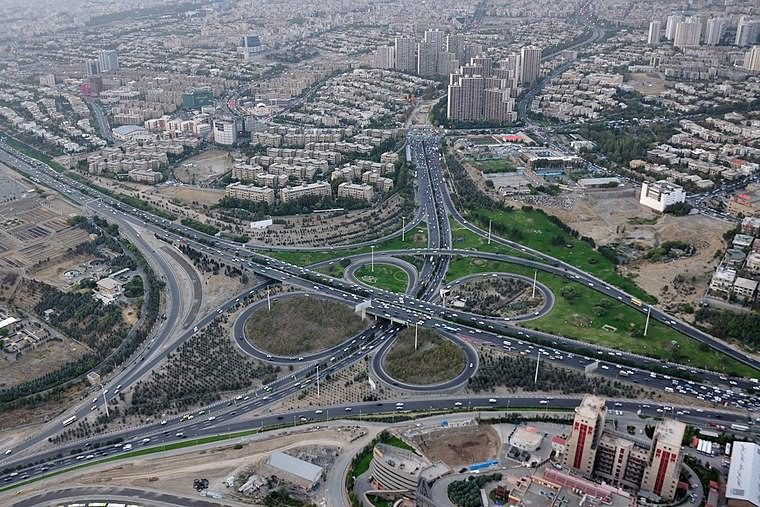
Feel Pleasant Weather While in Shahrak-e Gharb
In comparison to other northern portions of the city, this town is far less polluted as a result of the air current in Tehran that flows eastward and the continual cleansing that the neighboring mountains provide for the air. Because of these and many other benefits, in addition, this region has become a desirable and pleasurable place to live, which has resulted in a large number of temporary residents from other countries, diplomats, and expatriates choosing the Shahrak-e Gharb neighborhood for living.
If you want to rent penthouse in Tehran, You can connect with Tehran Offers.
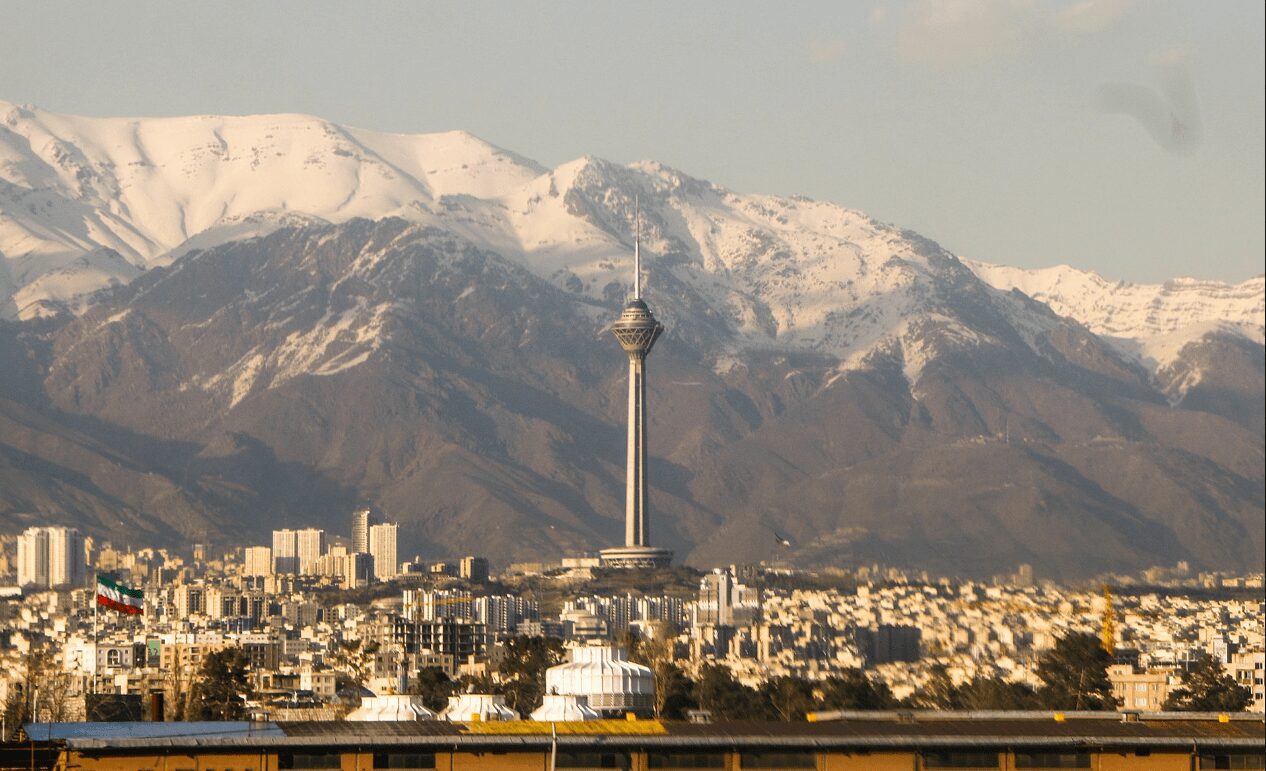
The best part of Shahrak-e Gharb to buy an apartment
There are several areas in Shahrak-e Gharb that are ideal for living. When compared to the streets of Tehran’s other districts, Shahrek Gharb has the most convenient and luxurious facilities. But if we want to present you with numerous streets that are the most significant areas in the neighborhood to purchase or rent flats and homes, we can introduce Iran Zamin Street to you. Some of the most popular parts of Shahrak-e Gharb are Iran Zamin Street, Golestan Street, and Mehestan Street.
Rent Your Ideal Flat in Shahrak-e Gharb or Eyvanak at TehranOffers
Eyvanak is one of the luxury neighborhoods in the 2nd district of Tehran. Evyanak neighborhood is also known as Eyvanak Shahrak due to its location inside the Shahrak-e Gharb neighborhood. This neighborhood is one of the luxury neighborhoods of Tehran, which has excellent living conditions due to its proximity to excellent amenities in the area. This neighborhood is one of the most demanding neighborhoods for buying and selling houses and apartments, and for this reason, the price of houses and apartments in Eyvanak is higher than the average price of homes and apartments in Tehran.
If you also plan to live in a peaceful and pleasant area, it is better to stay with us on the TehranOffers so that we can give you many good suggestions. With us, you will definitely find the best and most suitable house in this area.
Shahrak-e Gharb apartment for rent in Tehran
Shahrake Gharb; A town whose name is western, but it shows off the beauty of Tehran in a magnificent view. Many residents of Tehran are eager to live in this neighborhood. Shahrak-e Gharb area is one of the most stylish and luxurious areas of Tehran, which has houses with beautiful and magnificent facades.
This town is located in the area of two municipalities and has access to Saadat Abad, Chamran Highway, Shahid Hemet Highway and Yadegar Imam. Shahrak-e Gharb Tehran apartment rental gives you the possibility to have quick access to the best neighborhoods of Tehran.
One of the advantages of this town is the wide and standard street, very smooth and light traffic, pristine weather and beautiful views in this area. By renting an apartment in this town, you can have quick access to comfort, entertainment, cultural, medical and educational facilities because this area has many new centers in these areas.
The houses of the West settlement have a special and special effect in terms of architecture. If you have always dreamed of living in a house with a new and different architecture, it’s time to think about Tehran’s Gharb apartment rental. This area is one of the most expensive areas of Tehran for renting an apartment, but you can also look for an apartment in it with more economical amounts.
If we want to talk about the wonderful climate of this town, we should mention Khordin Boulevard, which was a pleasant village with Christian residents until a few decades ago, and its texture later moved towards modernity and American architecture. Today, this neighborhood is called Shahrak Qods, which is one of the best areas in Tehran for renting apartments.
If you want to rent apartment in Farmanieh, You can connect with Tehran Offers.
If we want to talk about the wonderful climate of this town, we should mention Khordin Boulevard, which was a pleasant village with Christian residents until a few decades ago, and its texture later moved towards modernity and American architecture. Today, this neighborhood is called Shahrak Qods, which is one of the best areas in Tehran for renting apartments.
Renting an apartment in the Shahrak-e Gharb of Iran
Probably, the first thing that comes to people’s mind after trying to rent an apartment in the Shahrak-e Gharb of Iran is the astronomical amount of apartment rent in this area. Shahrak-e Gharb is one of the top and most luxurious areas of Tehran for renting a house and is nothing less than a modern and modern city. Most of the neighborhoods in the Shahrak-e Gharb are charming and stylish. Therefore, if you are planning to rent an apartment in the Shahrak-e Gharb of Iran, we must envy you in advance for the beautiful view you will have from the window of your house.
Mahestan, Golestan, Hormozan, Pirouzan, Badakhshan, Zarafshan, Falamak, Kharazm, Gol Afshan and Darya and Derakhti streets are among the best streets and neighborhoods of the West settlement for renting apartments. In the meantime, we should not neglect Iran Zameen Street, which is actually considered one of the famous and first class streets of the Shahrak-e Gharb.
In this street, you can access a lot of luxury and newly built houses and apartments with modern facades and wonderful architecture. The luxurious towers that have risen in this area have given it a magnificent and unique appearance.
If you want to rent apartment in Zaferanieh, You can connect with Tehran Offers.
Renting an apartment in the Shahrak-e Gharb of Iran gives you the conditions of living in an extremely luxurious and stylish area along with peace. By living in this area, you can have a very good access to Metro Sanat Square, bus stations, taxi stations and public transportation fleet.
Renting an apartment in the Shahrak-e Gharb of Iran gives you the conditions of living in an extremely luxurious and stylish area along with peace. By living in this area, you can have very good access to Meydan-e San’at Metro Station, bus stations, taxi stations and public transportation.
Therefore, you don’t even need to waste your time in Tehran’s dense traffic and use your personal car to go to work. Renting an apartment in the Shahrak-e Gharb of Iran gives you access to all kinds of public transportation.
By renting an apartment in Shahrak-e Gharb Iran, you can have access to centers such as Milad Noor Shopping Center, Iran Zamin Shopping Center, Golestan Commercial Complex, Shahrak-e Gharb Cinema Campus, Afra Forest, Iran Zamin Forest and various cultural, educational, recreational and therapeutic centers. As a result, you will not need frequent traffic in the city, especially in the evening traffic hours.
How much is the rent of an apartment in the Shahrak-e Gharb?
The luxury of Shahrak-e Gharb area may make you doubt about your ability to pay the rent, so probably one of the most important questions in your mind is how much is the rent of an apartment in Shahrak-e Gharb? The amount of this rent depends on various parameters. West town has different neighborhoods and it is quite normal that the rent amount in each neighborhood and street is different from other streets and neighborhoods.
Other parameters that affect the price of renting an apartment in the Shahrak-e Gharb are the size of the apartment, the view, the number of rooms, the level of access, whether the apartment is newly built, whether the apartment is well-planned, whether it is bright, common areas of the apartment, parking and storage, floor number, age. He pointed out the facilities of the apartment, the duplex apartment, the use of wireless internet, the apartment being furnished, and the use of a balcony and terrace. You can contact our experts in Tehran offers to check the prices more precisely.
Furnished apartment for rent in Gharb town
These days, the price of home appliances is constantly increasing, and it is impossible to think of constantly changing these appliances. On the other hand, household appliances are not considered as your capital because they depreciate after some time and you have to replace or repair them. As a result, additional costs will be imposed on you.
For this reason, many people prefer to rent a furnished apartment in West Town, and the furnished houses are equipped with facilities and home appliances. These apartments contain the most important household equipment.
If you want to rent apartment in Elahiyeh, You can connect with Tehran Offers.
Among these equipments, we can mention furniture, kitchen appliances, carpets, audio visual system and ventilation system. This category of equipment is usually damaged during moving. So, instead of paying extra for this equipment, rent a furnished apartment in Shahrak-e Gharb. You can contact our experts in Tehran offers for more information about this.






